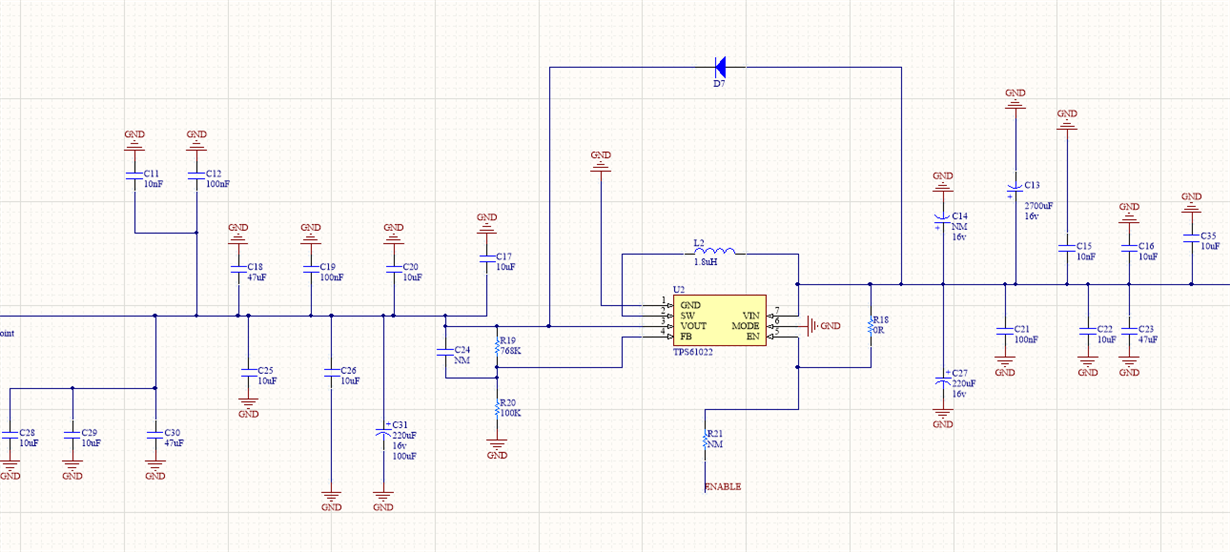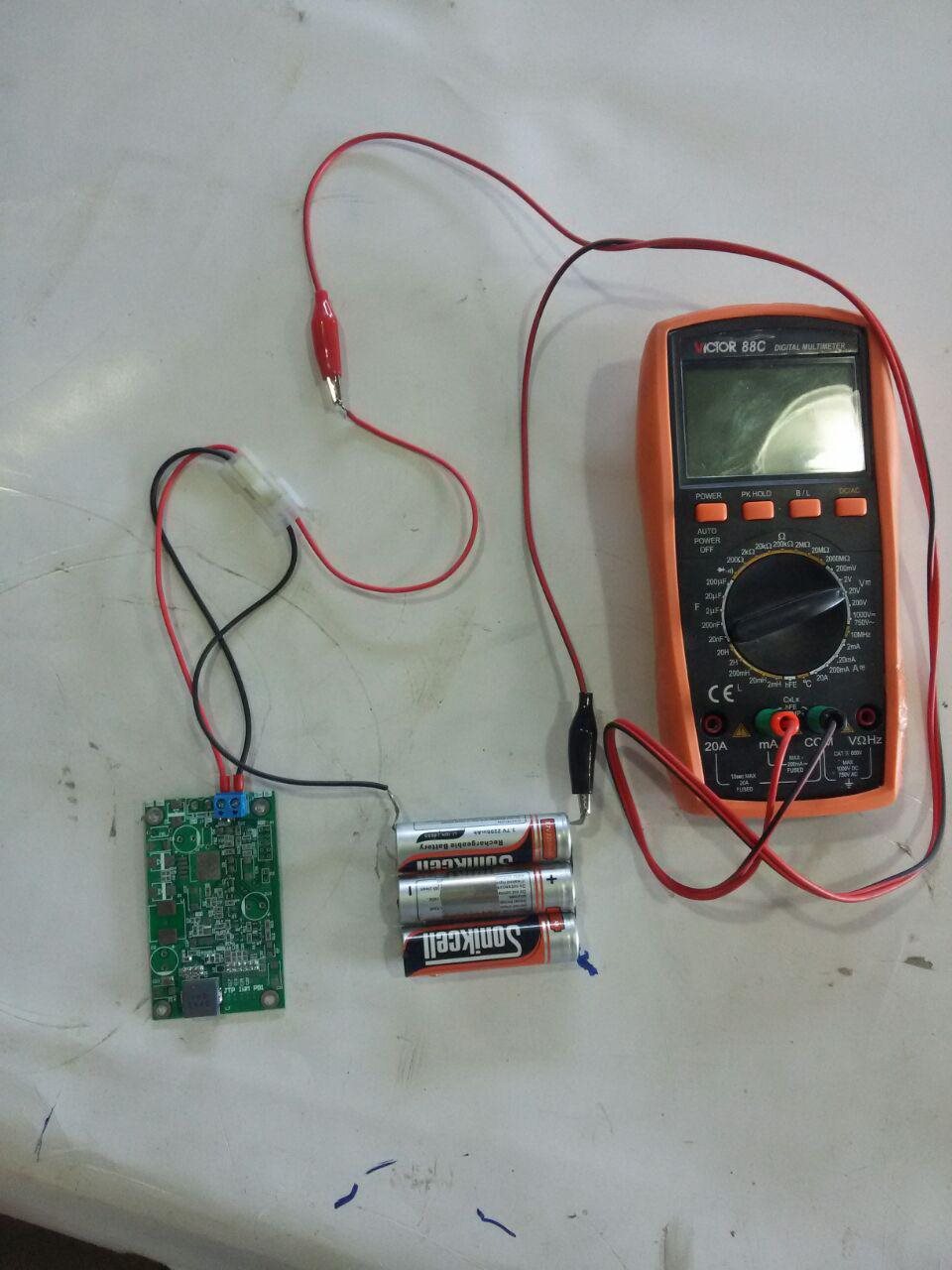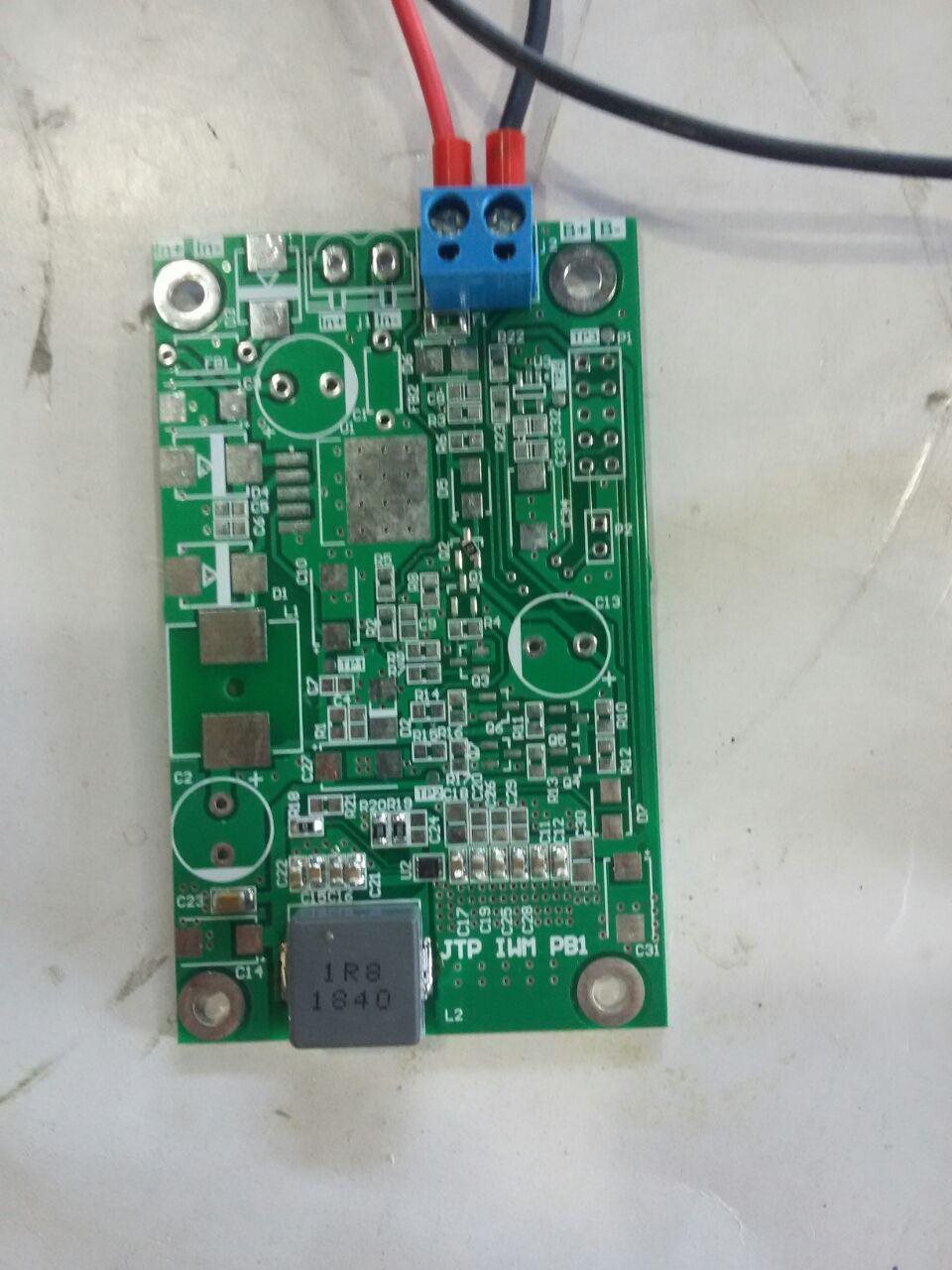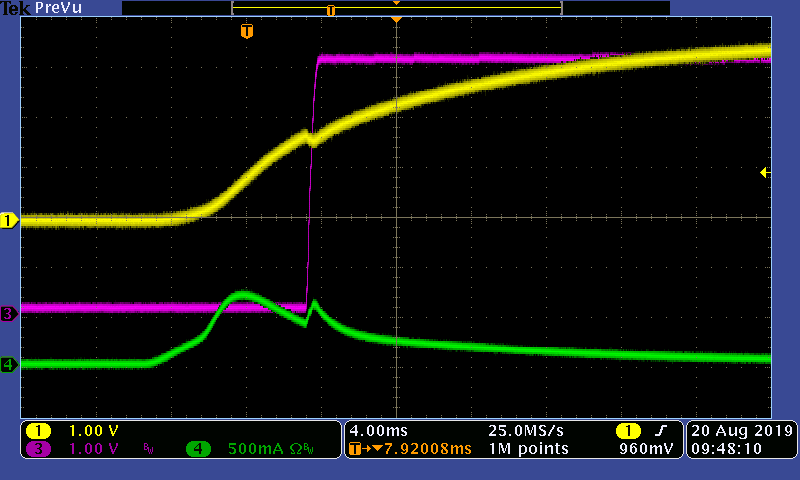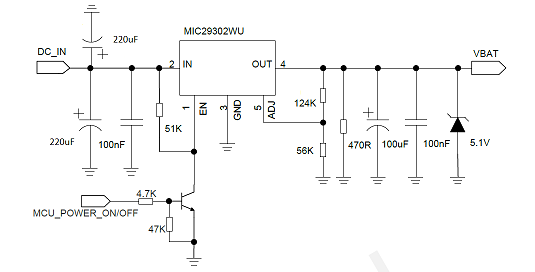I use tps61022 and my design is exactly like the recommended design in the datasheet
I connect a battery to its input and it works fine and gives me correct voltage (5.25V) and sufficient current. but when I want to measure the input current by putting an ampere meter on the input of the circuit, the tps61022 burns immediately and its SW pin connects to the ground. the series resistor of amper meter is 100 ohm. I want to measure no load quiescent current of tps61022 so for appropriate ampere meter range, its series resistor becomes 100 ohm.
why it is so? did you have such an experience? do you have any idea?
I will be grateful if you help me with this problem.




